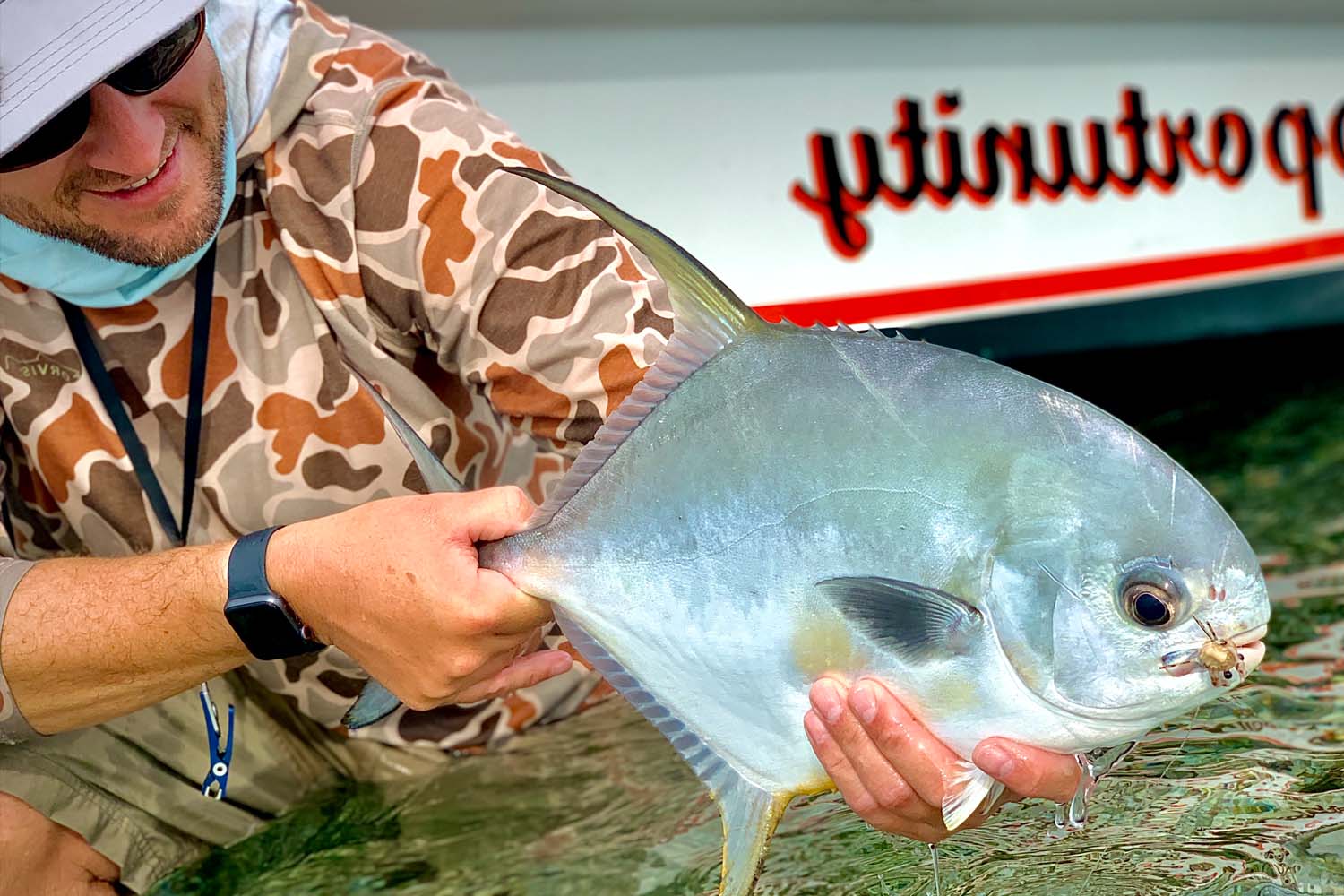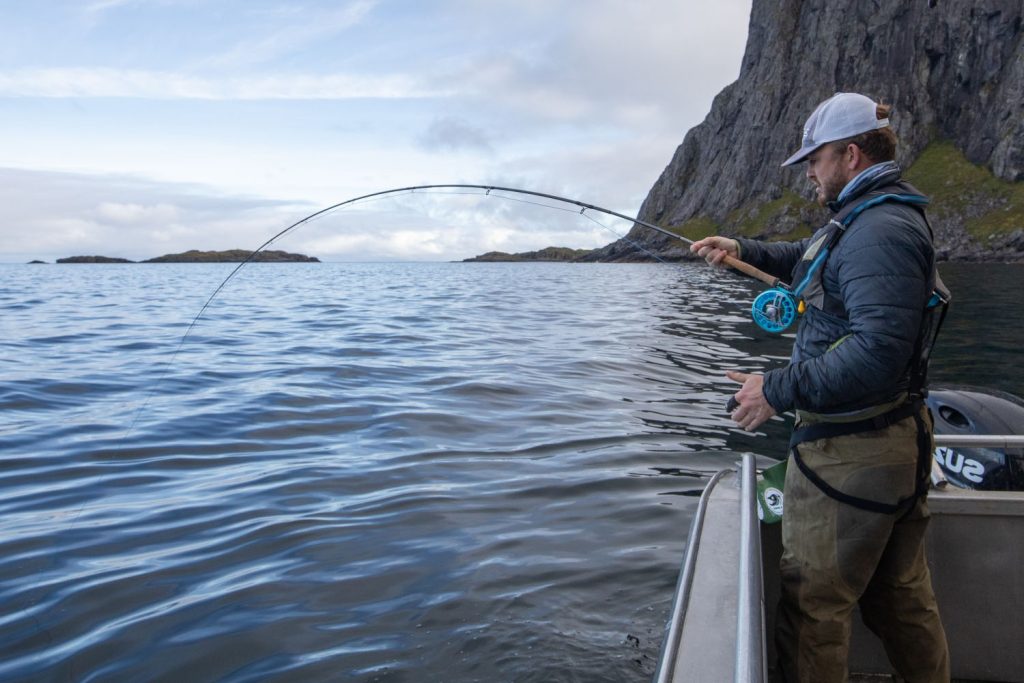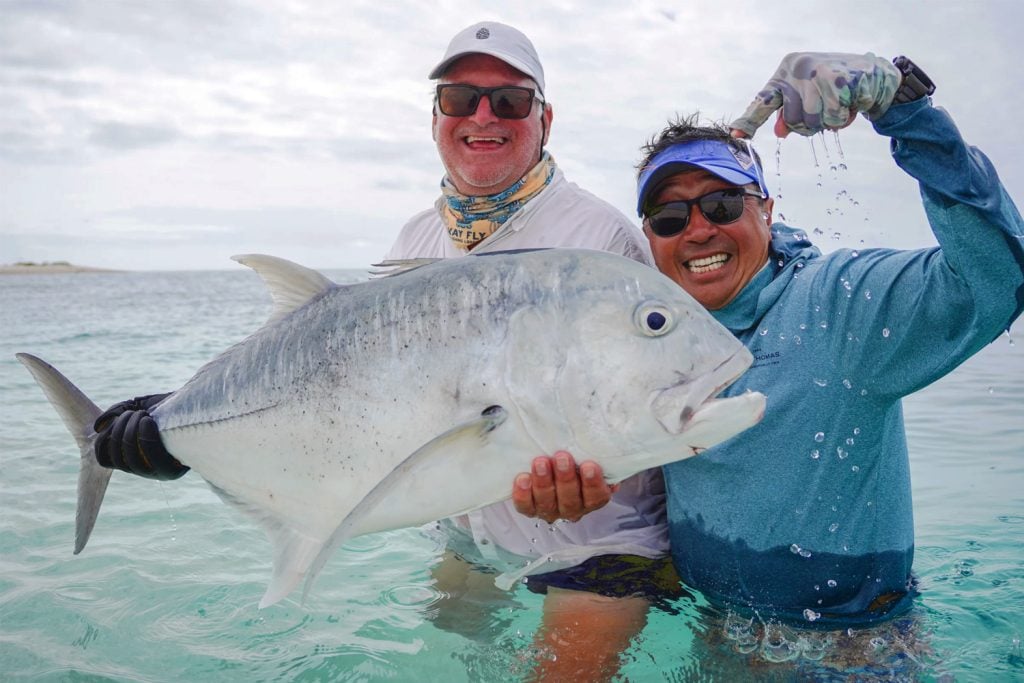In fly fishing, many species challenge anglers. But when considering elusive and powerful fish, the Permit stands out as a prime contender. Fishing for Permit in fly fishing is the ultimate challenge. It mixes both frustration and excitement, pushing even experienced anglers to their limits.
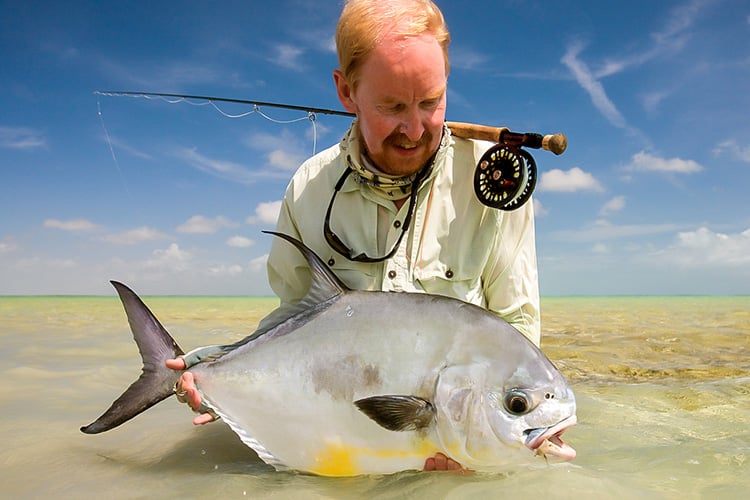

This detailed guide dives into the art and science of fly fishing for Permit, giving you valuable insights, methods, and tips to improve your odds on any Permit fishing holiday. If you would like to explore some of our destinations for targeting Permit, you can find all our tours listed here.
Understanding the Permit fish: An Enigma of the Flats
Our journey begins with getting acquainted with the Permit (Trachinotus falcatus), a species often deemed the holy grail of saltwater fly fishing. Permit are typically found in tropical and subtropical waters, preferring the shallow flats, reefs, and wrecks that offer ample food sources and protection from predators.
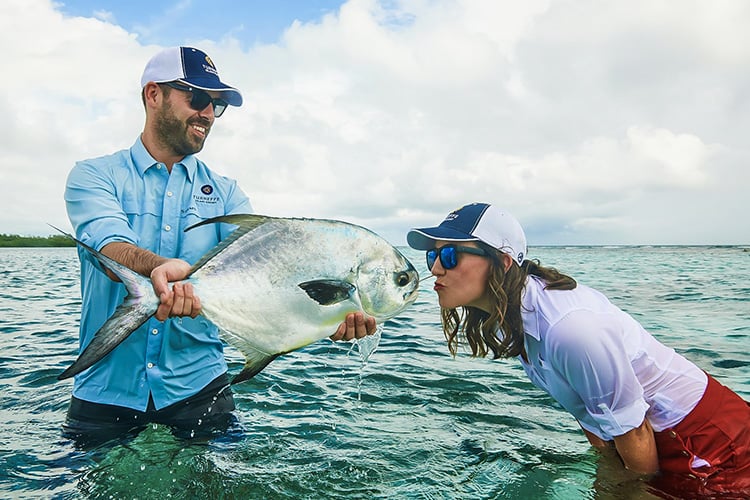

Recognizable by their disc-shaped bodies, forked tails, and elongated dorsal fins, Permit can reach impressive sizes, with some specimens exceeding 40 pounds. However, their size does not make them so sought after by fly fishers. Instead, their wariness, selective eating habits, and spectacular fighting strength elevate them to their esteemed status among the flats species.
Permit are known for their incredibly acute senses, especially their keen eyesight. They can spot potential threats and minute prey with astonishing precision. This heightened awareness, coupled with their notorious selectivity when it comes to food, makes them one of the most challenging species to trick with a fly.
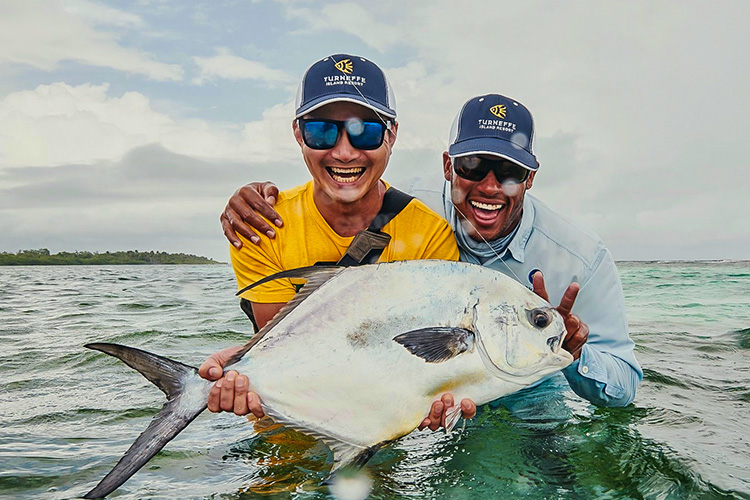

When it comes to their diet, permit primarily feed on crustaceans, with crabs being a particular favourite, followed by shrimp and small fish. This dietary preference plays a significant role in selecting the type of fly to use, which we’ll delve into later.
The permit fishing Equipment: Preparing for the Challenge
The first step in pursuing Permit is ensuring you’re adequately equipped for the task. Choosing the right tackle can significantly influence your success rate and overall experience.
Fly Rod: Given the strength and size of the Permit, as well as the often windy conditions on the flats, a high-quality, fast-action 9 or 10-weight fly rod is generally recommended. These rods provide the power for longer casts and the backbone to handle a hard-fighting permit.
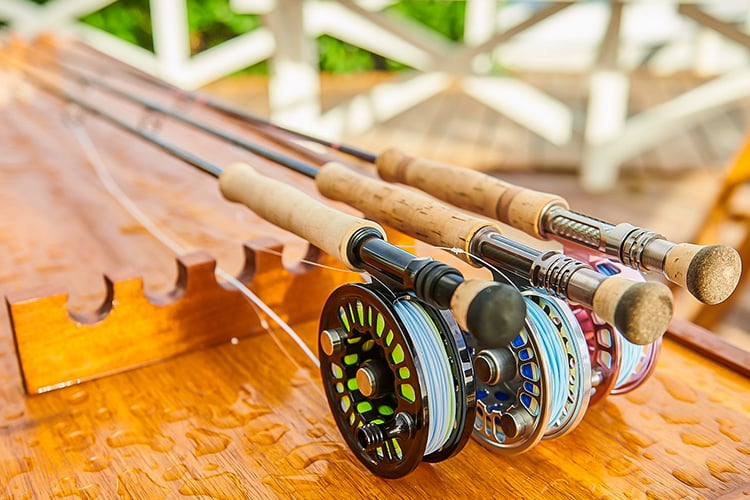

Fly Reel: Match your rod with a robust, saltwater-resistant fly reel. A large arbour design is beneficial for quicker line retrieval during those intense fights. Ensure your reel has a smooth, robust drag system and holds at least 200 yards of 20 lb backing. Permit are known for their long, fast runs, so having sufficient backing is crucial.
Fly Line: Opt for a weight-forward, floating fly line that matches your rod weight. A tropical line, designed to perform well in the heat, can be a good choice. The weight-forward design aids in casting distance and dealing with the wind.
Leader and Tippet: A 9 to 12 feet leader ending in a 16 to 20-lb tippet is generally recommended. Some prefer fluorocarbon for its abrasion resistance and low visibility underwater, although others stick with monofilament. It often comes down to personal preference and specific conditions on the water.
Flies: When it comes to flies, think like a permit. Since crabs are a primary food source for Permit, crab patterns are your go-to option. The Merkin Crab and Del Brown’s Permit Crab have been proven to be highly effective. Other patterns like the Avalon Fly or various shrimp patterns can also work. Make sure to have a variety of patterns and sizes to match the prevalent prey in your specific location.
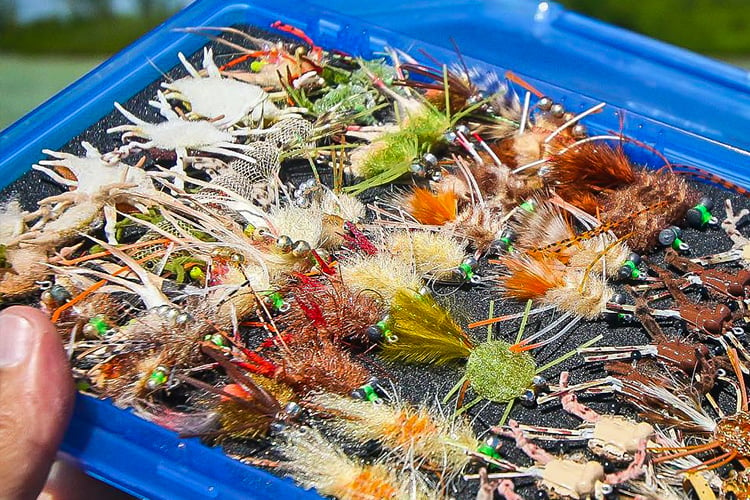

Spotting and Approaching Permit: The Art of Stealth
Now that we’re equipped for the task let’s turn our attention to the water. Spotting a permit before it spots you is paramount. The key elements here are patience, sharp eyes, and an understanding of Permit behaviour.
Watch for dark or golden shapes moving across the flats. Permit often travel in small groups, although solitary Permit are not uncommon. Keep an eye out for “tailing” Permit – when their tails occasionally break the water surface as they dig for crabs in the sand. This is often your best opportunity for a successful cast.


When you spot a permit, the approach is just as crucial as the cast. Permit are easily spooked, so stealth is essential. Move slowly and deliberately, trying to stay downwind of the fish to avoid detection. Be conscious of your shadow – casting a shadow over the water can alarm a permit and send it speeding off into the depths.
Casting and Presentation to permit : The Moment of Truth
As you wade or pole within casting distance, remember that your first cast is often your best chance at success. Permit have a knack for refusing a fly that’s been presented to them multiple times, so making that first cast count is crucial.
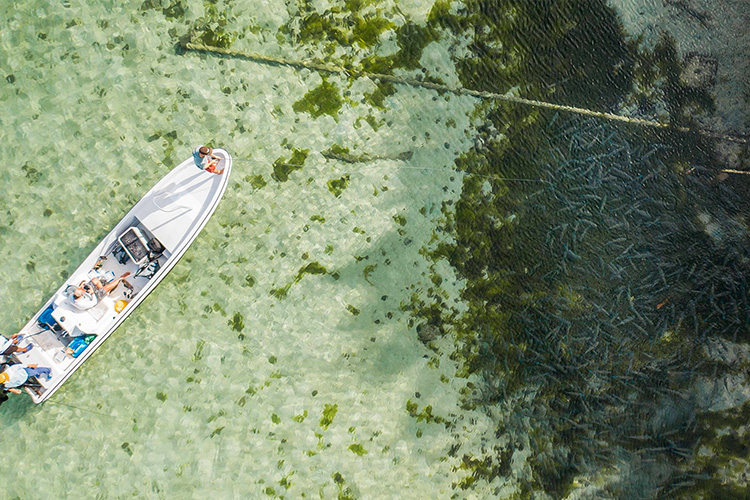

The aim is to place your cast about a meter in front of the Permit’s path without spooking it. This is often easier said than done, given the conditions on the flats and the Permit’s wariness. Practice your casting before your trip to ensure you can deliver a precise, delicate cast when the moment arrives.
Once your fly lands, allow it to sink for a moment. When the Permit is close, begin a slow, twitching retrieve, mimicking the movements of a skittish crab. Resist the urge to strip too quickly or abruptly. Permit are canny, and an unnatural movement can easily make them turn away.
Striking and Fighting the permit Fish: The Duel Begins
An explosive run often follows the exhilarating moment when a permit takes your fly. When you feel the weight of the fish, resist the temptation to set the hook with a sharp lift of the rod as you might in trout fishing. Instead, use a ‘strip-strike’. Keep your rod tip low, pointed towards the fish, and make a long, firm strip with your line hand. Once you feel the hook is set, then lift your rod to start fighting the fish.
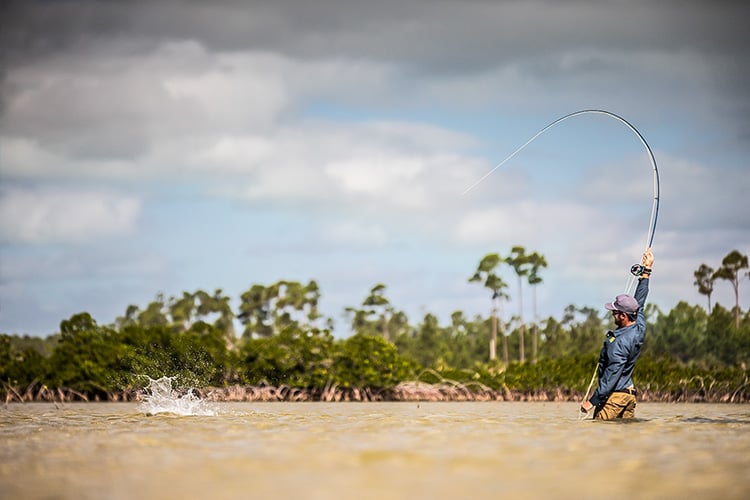

Permit are strong, fast, and enduring fighters known for their long, blistering runs. Your job is to tire the fish without breaking your line or pulling the hook. Use the rod’s strength to pressure the fish, and allow your reel’s drag system to control the runs. Keep your rod high to maintain pressure and avoid any underwater obstacles.
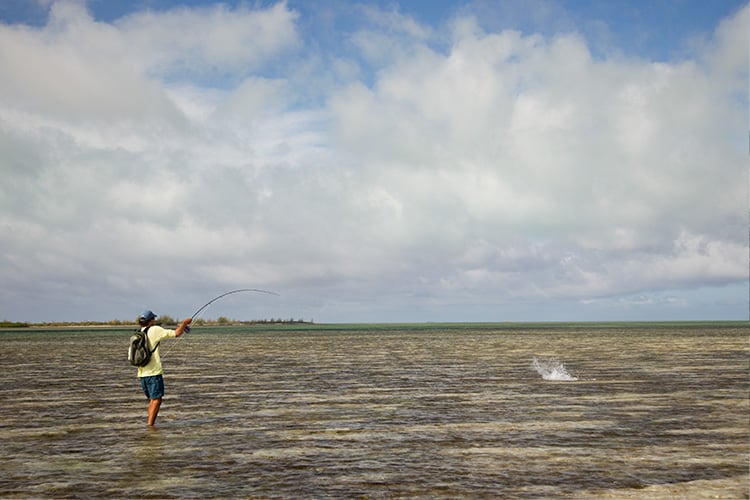

It’s a back-and-forth game requiring patience and constant vigilance. A sudden change in the fish’s direction requires immediate adjustment on your part to maintain tension. Remember, even if the fish seems to tire, don’t underestimate its ability for a sudden burst of strength.
Landing and Releasing the permit Fish
Once you’ve managed to bring the Permit close to you, it’s time to land the fish. If you have a net, use it. If not, gently lead the fish into the shallows. Always wet your hands before handling the fish to protect its delicate slime layer. Support the fish horizontally and avoid touching its gills.
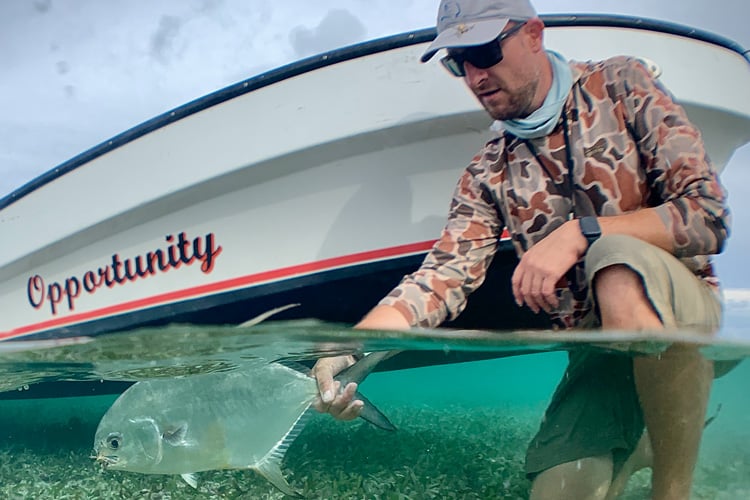

After a quick photo, it’s time for release. Permit are tough, but they fight hard and can exhaust themselves in the process. Hold the fish upright in the water and give it time to recover. Once it starts to struggle and swim on its own, gently let it go.
Conclusion
Fly fishing for Permit is challenging and thrilling. It requires patience and learning from mistakes to consistently catch these elusive fish. But it’s this very challenge that makes it so captivating and rewarding.
Remember, the number of fish does not always measure success in permit fishing landed, but rather by the experiences gained, the lessons learned, and the moments of connection with nature that leave indelible impressions on the angler’s heart and mind.
In the realm of fly fishing, there are few accomplishments as gratifying and memorable as successfully deceiving, hooking, and landing a permit. Embrace the process, appreciate each opportunity, and let each encounter with these remarkable fish fuel your passion for this extraordinary sport. Welcome to the addictive pursuit of Permit on the fly.
CONTACT US
We hope this article will help you understand the characteristics and skill level that goes into targeting this fantastic flats species. Similar to most styles of fly fishing, stealth is your biggest friend when targeting the Permit; however, at most of our lodges that offer this species, you will be assisted by one of the onsite guides who will do everything they can to put a Permit on your species list.
If you have any questions regarding our Permit fishing holidays, please contact us on 01603 407596 or via email at peter@sportquestholidays.com; our experienced team will be happy to help. If you want to see some of the action you can expect at these our Permit destinations, you can find our full list of Permit Fly Fishing videos here.
